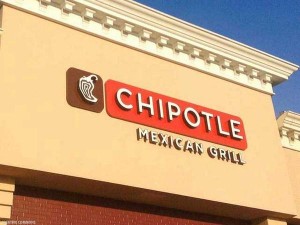“Reading the emails make(s) me want to throw up” tweeted the Food Babe after reading a lengthy series of them posted online by the NY Times on Sept 5th. The emails in question result from a Freedom of Information Act (FOIA) request and are posted in the side bars of a front-page article by Times reporter Eric Lipton (“Food Industry Enlisted Academics in G.M.O. Lobbying War, Emails Show”).
The article is highly disturbing, but, as the Food Babe implied, theTimes buried the real story. The real scoop was not the perfidy and deceit of a handful of individual professors. Buried in the emails is proof positive of active collusion between the agribusiness and chemical industries, numerous and often prominent academics, PR companies, and key administrators of land grant universities for the purpose of promoting GMOs and pesticides. In particular, nowhere does the Times note that one of the chief colluders was none other than the President of the American Association for the Advancement of Science (AAAS).
All this is omitted entirely, or buried in hard-to-notice side bars, which are anyway unavailable to print readers. So, here is the article Eric Lipton should have written.
First, the Lipton Story
The Lipton article seems, at first sight, to be impressive reporting. Lipton describes how Kevin Folta, Chair of the Dept. of Horticulture at the University of Florida secretly took expenses and $25,000 of unrestricted money from Monsanto to promote GMO crops. On behalf of the biotech industry, or via the PR firm Ketchum, Folta wrote onwebsites and attended public events, trainings, lobbying efforts and special missions.
…click on the above link to read the rest of the article…





